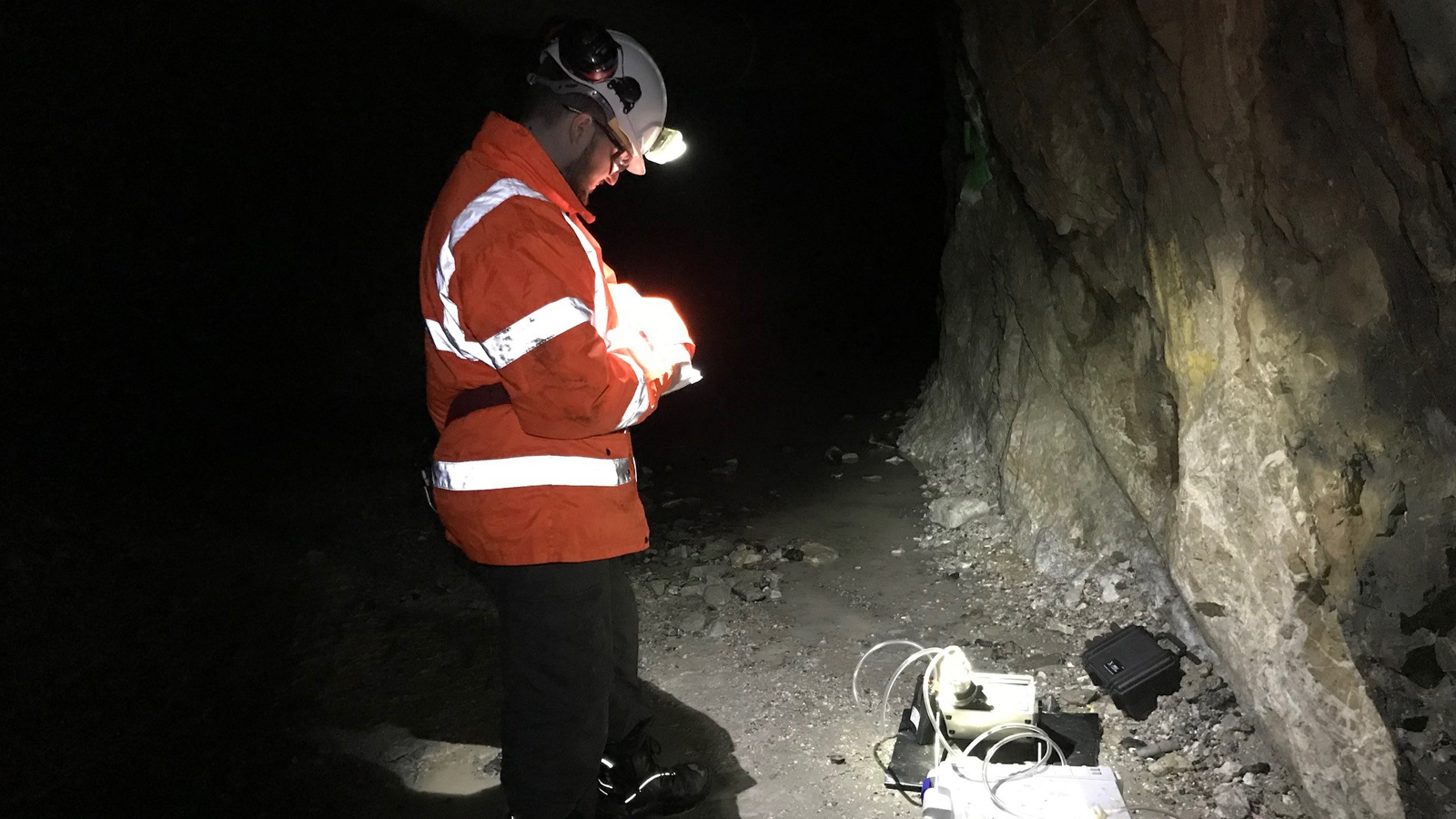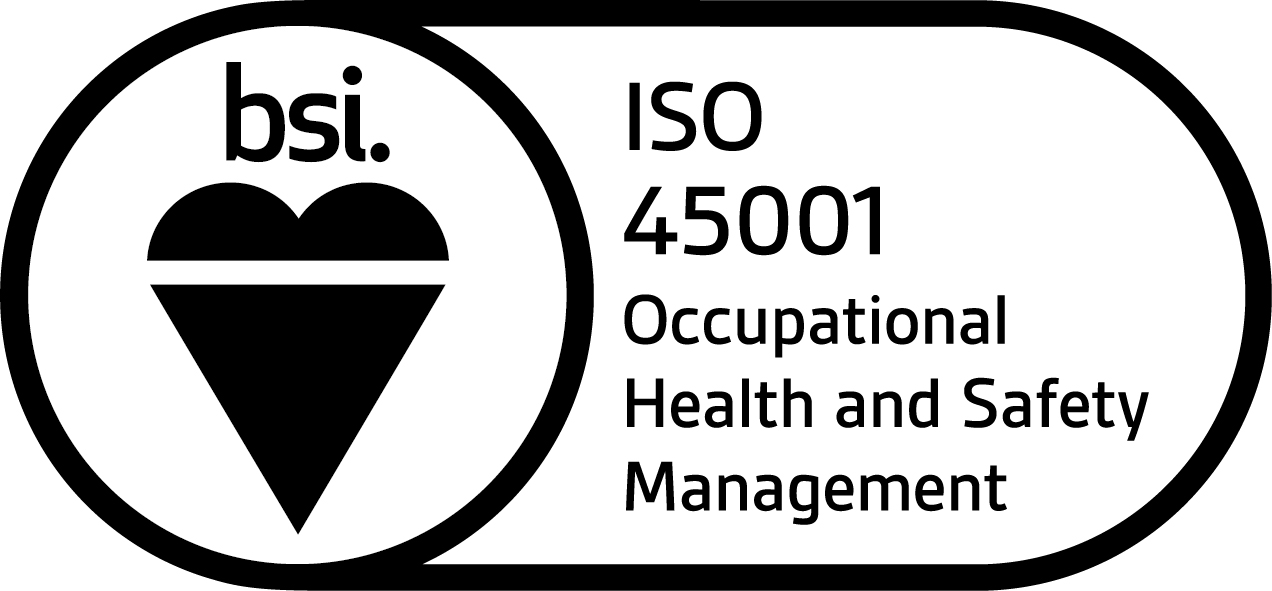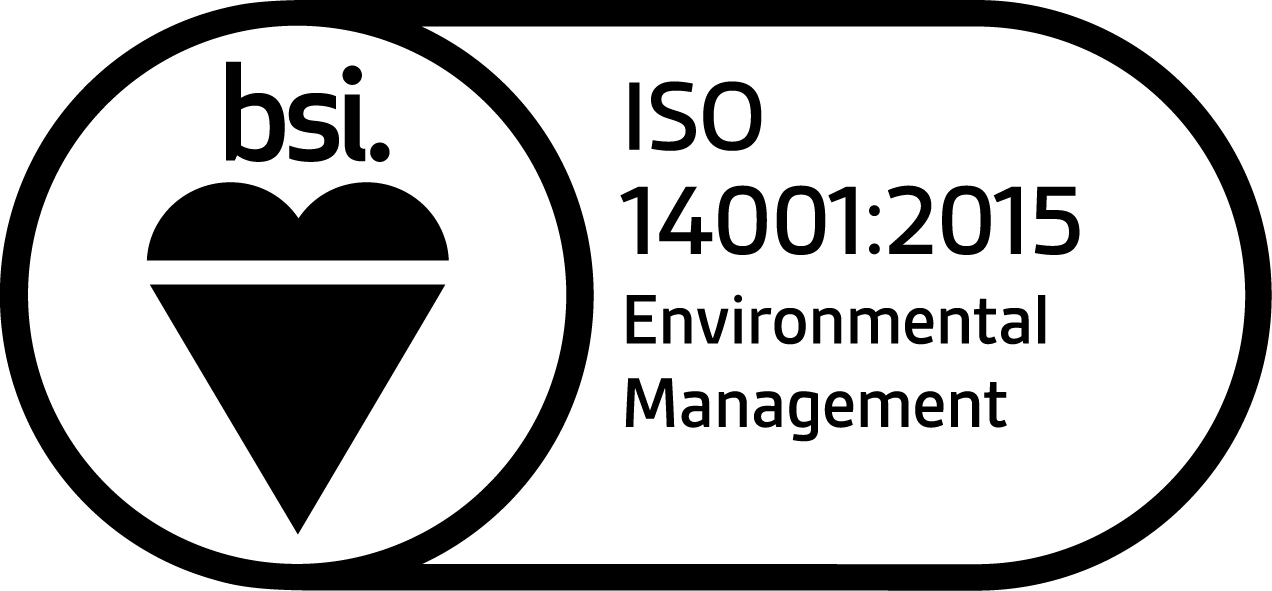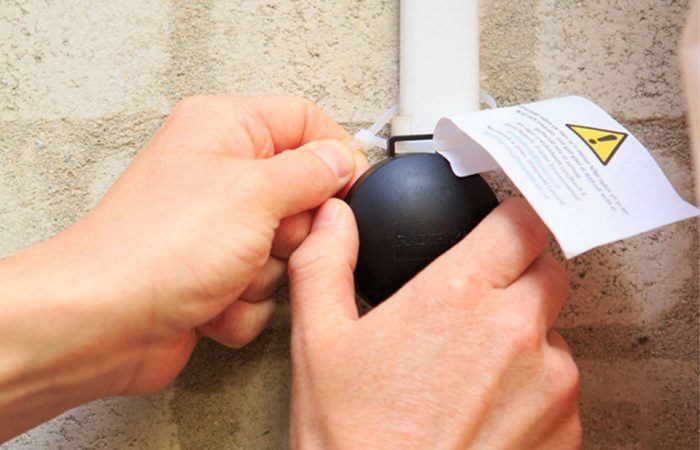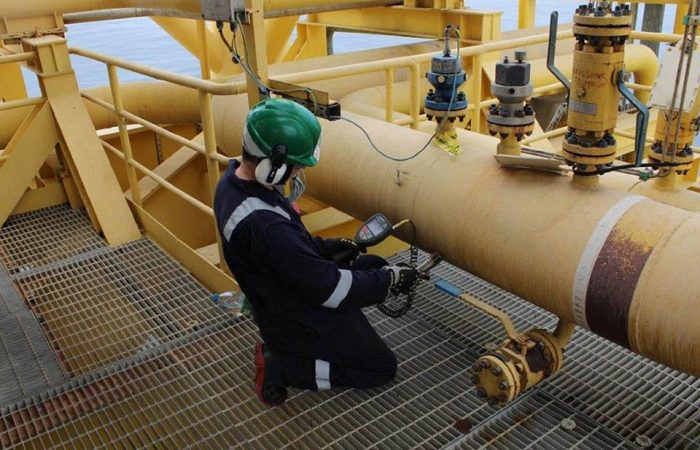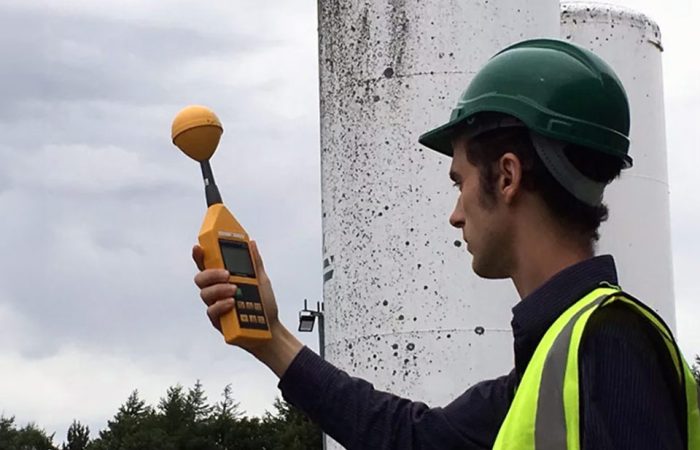Gain a comprehensive understanding of radon levels in your property over time with Lucion’s professional radon testing and monitoring services.
Radon, a naturally occurring radioactive gas, can accumulate in buildings and pose a significant risk to human health through long-term exposure. Accurate and reliable measurement of radon levels is essential for ensuring the safety of building occupants and complying with regulations such as the Ionising Radiations Regulations 2017 (IRR17).
Lucion’s radon testing and monitoring services provide a comprehensive assessment of radon levels in your property over time, using a range of advanced detectors and monitoring equipment. Our experienced team of radiation protection specialists offers both short-term and long-term testing options, tailored to your specific needs and in accordance with the Health and Safety Executive’s (HSE) guidance.
Our radon testing and monitoring services include:
- Passive etched-track detectors for long-term measurement of average radon concentrations
- Continuous radon monitors for real-time measurement and analysis of radon levels
- Electronic integrating devices for assessing radon exposure over specific time periods
- Detailed reporting with radon concentration data, trend analysis, and recommendations for further action, supporting compliance with IRR17 Verification of the effectiveness of radon mitigation measures, as required by the Management of Health and Safety at Work Regulations 1999 Compliance with industry standards and best practices, ensuring accurate and reliable results
By partnering with Lucion for your radon testing and monitoring needs, you can have confidence that your property’s radon levels are being accurately assessed and monitored by qualified professionals. Our services provide the data and insights you need to make informed decisions about radon risk management and maintain a safe environment for building occupants, in line with your legal obligations under the Health and Safety at Work Act 1974.
Don’t let radon levels go unchecked in your property. Trust Lucion’s radon testing and monitoring services to deliver the reliable data and expert guidance you need to ensure the ongoing safety of your building and its occupants.



